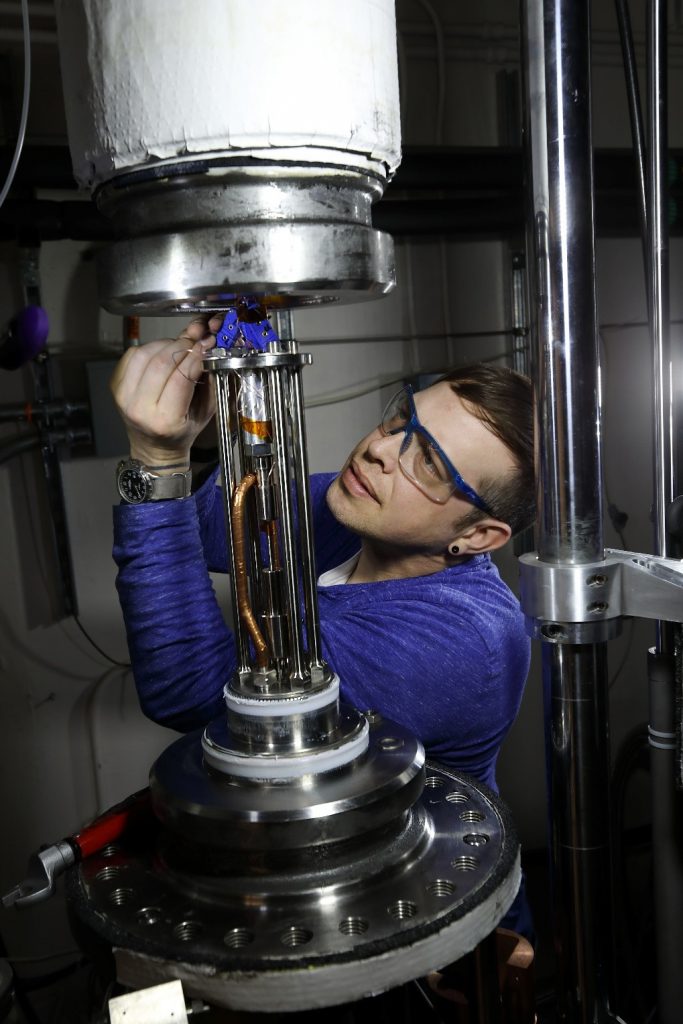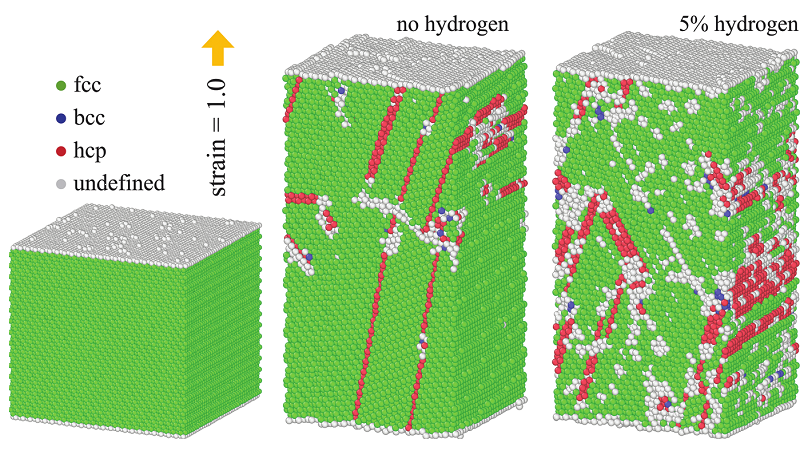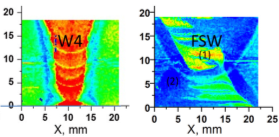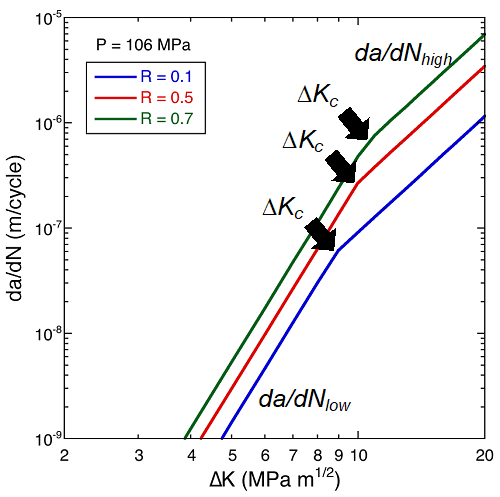
Foremost among the technical challenges for the widespread use of hydrogen is developing and verifying that the materials used to hold and deliver hydrogen can withstand hydrogen exposure. Current metal structures that contain hydrogen, such as valves, fuel tanks, and storage vessels, are manufactured from alloys of aluminum and steel. In such materials, hydrogen interacts with their atomic makeup in ways that can introduce damage and, over time, result in component degradation and failure. Even less is known about how hydrogen affects the structure and mechanical properties of polymers, such as plastic pipes and rubber seals, important components ubiquitous in energy infrastructure.
Materials scientists at Sandia use their expertise and the Laboratories’ internationally recognized capabilities to understand how hydrogen interacts with materials at both the atomic and macroscopic scales — and all the scales in between. Sandia applies this understanding to assess and predict the performance and reliability of engineered components. Data obtained through our experiments is made available to hydrogen and fuel cell technology stakeholders and the general public through our Technical Reference for Hydrogen Compatibility of Materials and the GRANTA MI-hosted Technical Database for Hydrogen Compatibility of Materials.
Sandia staff use this accumulated knowledge to participate in committees at standards/codes development organizations, contributing to the scientific basis for the deployment of hydrogen-specific testing methods and the use of hydrogen fuel cell-based technologies. Through its co-leadership of the Hydrogen Materials Compatibility (H-Mat) consortium, Sandia also uses its research to determine new materials, processing methods, and microstructures that will improve materials reliability in hydrogen infrastructure. This work — largely sponsored by the Hydrogen and Fuel Cell Technologies Office within DOE’s Office of Energy Efficiency and Renewable Energy — serves to inform stakeholders and decision-makers about the risks and reliability of deploying such technologies.

“Review and construction of interatomic potentials for molecular dynamics studies of hydrogen embrittlement in Fe─C based steels,” Xiaowang Zhou, Michael E. Foster, Joseph A. Ronevich, Christopher W. San Marchi, Journal of Computational Chemistry, 2020, 41, 13, 1299-1309.

“Fatigue crack growth rates in high pressure hydrogen gas for multiple X100 pipeline welds accounting for crack location and residual stress,” J.A. Ronevich, E.J. Song, Z. Feng, Y. Wang, C. D’Elia, M.R. Hill, Engineering Fracture Mechanics, 2020, 228, 106846.

“Technical Basis for Master Curve for Fatigue Crack Growth of Ferritic Steels in High-Pressure Gaseous Hydrogen in ASME Section VIII-3 Code,” Chris San Marchi, Joeseph Ronevich, Paolo Bortot, Yoru Wada, John Felbaum, Mahendra Rana, In Pressure Vessels and Piping Conference (Vol. 58929, p. V001T01A044). American Society of Mechanical Engineers.
Contact
Christopher San Marchi
(925) 294-4880
cwsanma@sandia.gov